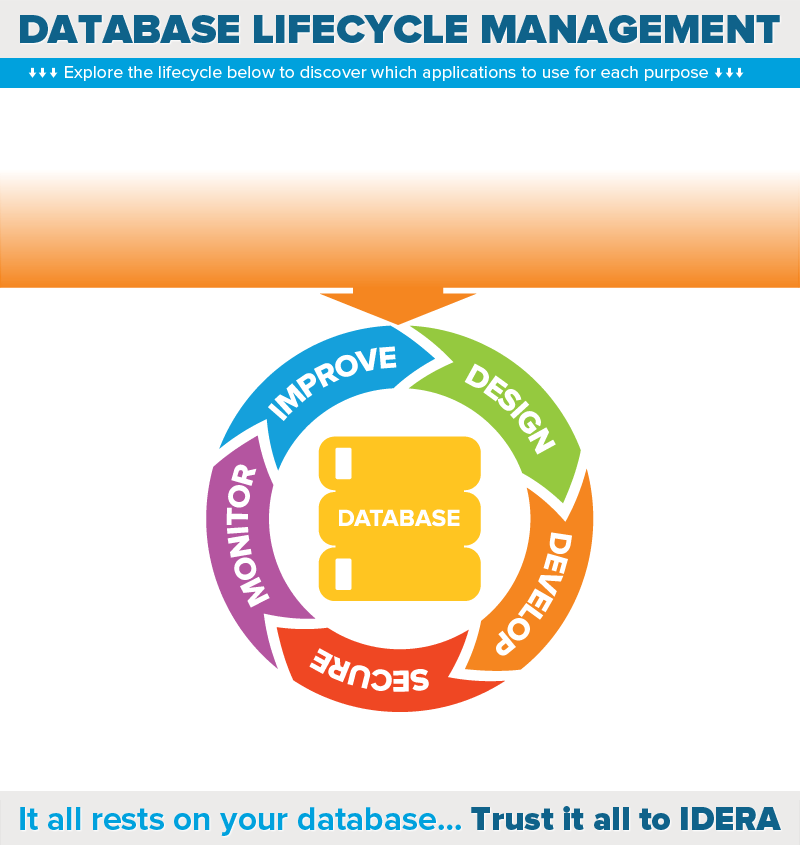Topics: Cloud Databases, Database Administration, Database Monitoring, Database Diagnostics
Products: SQL Diagnostic Manager for SQL Server, SQL Inventory Manager, SQL Safe Backup, SQL Secure
Problems and solutions for migrating databases to the cloud
Migrating database instances to the cloud is generally a complex task that often results in a disappointing outcome, including a complete failure. The repatriation of a database back to an on-premises infrastructure is a waste of time and money, in addition to the disruption in an organization’s operations. It’s therefore essential to ensure you develop the right strategy with proper optimization, planning and monitoring throughout the entire migration.
Problems
Survey of 350 cloud decision-makers
-
Many migrated at least some applications to public cloud
-
Most moved at least one application back to on-premises platform
-
They cited unanticipated problems as reason for rollbacks
Causes
Most common reasons for repatriating databases
-
Databases should have remained on-premises
-
Public cloud is not best platform for all databases
-
Public cloud requires solid understanding of their data, privacy, and security requirements
Select wrong cloud provider
-
Can cause organizations to rethink their database migration
-
Wrong decision is often expensive and disruptive
-
Public clouds only require customers to pay for used resources
-
On-premises data centers require capital expenditure instead
Unexpected usage
-
Increases cost of cloud platform
-
Result of surge in business or poor planning
-
Hosting costs can be greater when not optimizing database for cloud
-
Optimizing databases during migration is impractical
-
Optimize databases while they are still on-premises
Technical challenges
-
Play major role in database repatriation
-
Numerous configuration options and environments require careful consideration
-
Database administrators often assume easy integration into cloud platform
-
Poorly executed migration can cause problems including complete outages
Performance degradation
-
May be a deciding factor when migrating database back to local server
-
Common problem in hybrid clouds with more complex infrastructure
-
Some performance loss is inevitable
-
Low performance may overwhelm benefits of migrating databases to cloud
Solutions
Better monitoring of database workload characteristics before migration
-
Important for successful migration
-
Need deep understanding of databases within context of their operating environment
-
Less likely that migrations needs to be undone
Offline migration
Online migration
-
Keep databases running while copying databases to cloud1. Propagate changes from source database to destination database2. Cut over after synchronization of databases3. Applications switch connections from source to target database
-
Requires much more planning
-
Include test run to identify and correct problems

